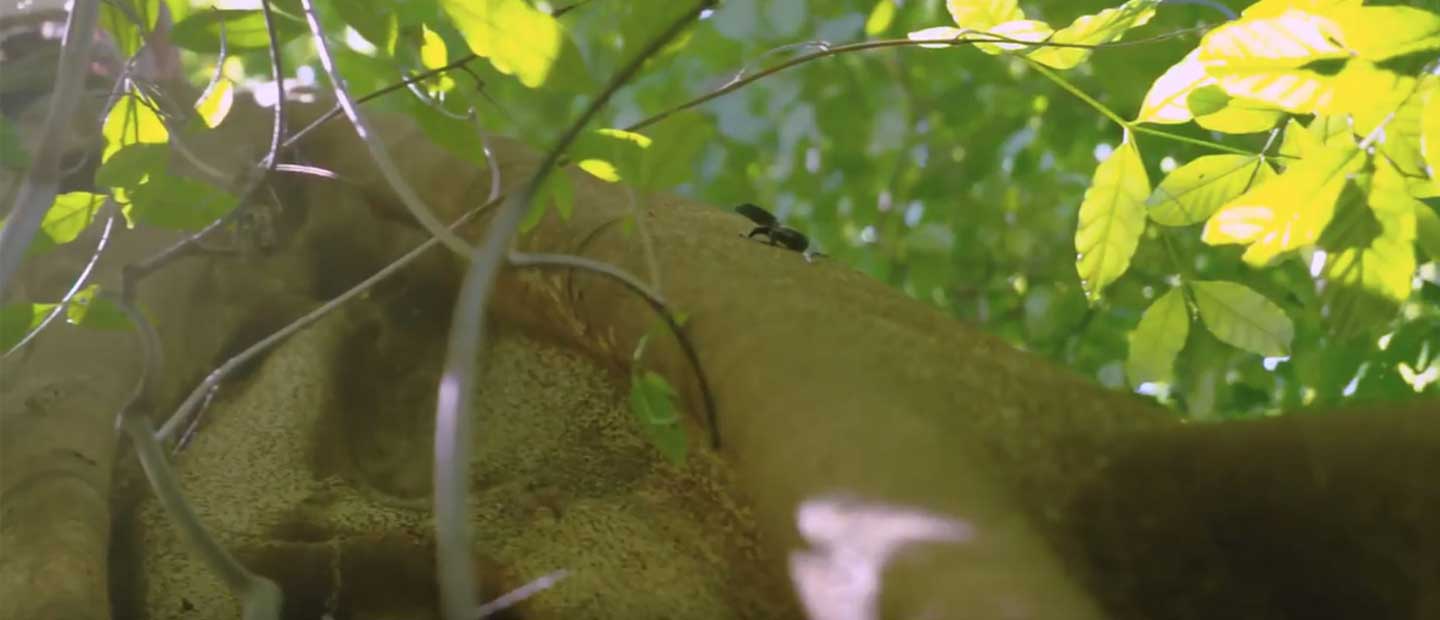In the final episode of our three part series, Sian and the team in Samoa check for rat activity by examining the chew cards and trail cameras that were installed earlier in the week at Malololelei reserve.
Over the three days that these bait stations were out, Sifuiva Moeumu Uili from the Samoan Ministry of Natural Resources and Environment confirms that more than half of the stations now show evidence of rats!
As we know from our experience in New Zealand, rats are so detrimental to native species, they raid bird’s nests to eat both the eggs and the chicks and also have a huge impact on native reptiles. Their presence will inhibit other species from flourishing and as Sian explains, you can end up with a situation where there are plenty of rats in an area but next to no other wildlife present.


